It’s the perfect time of the year to take a day or a weekend and journey to some public and botanic gardens, where the focus is on designed borders with seasonal displays, educational features and often indoor conservatories.
PENNSYLVANIA
I am flabbergasted at how many gardeners have not yet discovered my favorite public garden, Chanticleer (chanticleergarden.org) in Wayne, even though it has been open to the public for 20 years. Nearly every visitor reports it is the most inspirational and educational public garden they’ve ever visited. Unlike most large public gardens (it has 35 acres with accessible paths), one comes away with realistic ideas that can be adapted to the home garden. Paying a visit is a Zen experience (although less so, as more people discover this magical place).
NEW JERSEY
The Grounds for Sculpture (groundsforsculpture.org) near Princeton offers a diversity of experiences. Not only is it a vast park with well-maintained herbaceous plantings and countless, mature, seldom-seen conifers and deciduous trees, but it also has dozens of contemporary sculptures situated artfully throughout. Visual humor related to famous impressionist paintings also awaits, making this garden a great destination for the art lover as well. And if art is your passion, the superb Princeton University Art Museum (artmuseum.princeton.edu) is not far away.
NEW YORK
It is always a treat to visit Wave Hill (wavehill.org), a 28-acre public garden and cultural center in the Bronx, overlooking the Hudson River and Palisades. Its mission is to celebrate the artistry and legacy of its gardens and landscapes, to preserve its magnificent views, and to explore human connections to the natural world through programs in horticulture, education and the arts – most especially for teens. You will delight in the herb and dry gardens, the unusual monocot garden and, my favorite, the wild garden, where there is a surprise every few feet.
In the Bronx, you’ll also find the New York Botanic Garden (nybg.org), which covers 250 acres with 50 different gardens and plant collections.
Drive a bit farther north and have a picnic lunch at
the Donald Kendall Sculpture Gardens at Pepsico
(hudsonvalleyattractions.com), the corporate campus of Pepsi in Purchase, with a garden designed by Russell Page and a collection of 45 modern sculptures, including works by Henry Moore, Auguste Rodin and Alexander Calder.
On another day, one could visit both the Brooklyn Museum of Art
(brooklynmuseum.org) and the Brooklyn Botanic Garden (bbg.org). Perhaps the most notable part of BBG is the Japanese Hill-and-Pond Garden, which is one of the oldest and most visited Japanese-inspired gardens outside Japan.
A bit farther away is Old Westbury Gardens (oldwestburygardens.org), a 150-acre estate with what many consider to be the finest English gardens in the United States. Located on Long Island’s North Shore, it was built by financier and sportsman John Jay Phipps for his English bride in 1907. There are 88 acres of formal gardens, tree-lined walks, ponds and statues. One might find classic car shows, indoor and outdoor classical concerts, summer pop concerts, Scottish Games and horticultural workshops being held at Old Westbury.
MARYLAND
Brookside Gardens (montgomeryparks.org/brookside) is located in Wheaton Regional Park, southwest of Baltimore. While it is not well known outside the area, it has much to enjoy, including an Azalea Garden, Children’s Garden, Rose Garden, Japanese-style garden, Rain Garden, Perennial Garden and a Fragrance Garden. A summer concert series is held on the lawn Tuesday evenings in June, and other events include a daylily show/sale on Sunday, June 26, and a cactus and succulent show/sale August 6-7. The conservatory has a large collection of tropical plants and features a live butterfly and caterpillar exhibit (through August). This is followed by a fall chrysanthemum display and a garden railway exhibit in the winter.
WASHINGTON, D.C.
The U.S. Botanic Garden (usbg.gov) is located on the grounds of the Capitol. Credit for the garden can be traced to Thomas Jefferson, James Madison and George Washington, who wanted to incorporate such a space into plans for the nation’s capital as a way to demonstrate and promote the importance of plants. Built in 1820, it is the nation’s oldest botanic garden. For the 21st century,
the U.S. Botanic Garden has “committed itself to sustainability, educating the public about ways to live by supporting the interconnected web of life that is the environment, and in particular, by nurturing the plants that support the life on our planet.” Indoors, the conservatory showcases plants from climates around the world, while outside, the National Garden covers three acres to include the National Rose Garden, Water Garden, Butterfly Garden and a section with regional and native plants.
VIRGINIA
For a two-day getaway, I’d recommend the Lewis Ginter Botanical Garden in Richmond (lewisginter.org), which has more than a dozen themed gardens spread over 50 acres. The Children’s Garden, with a treehouse that encourages play and interaction with all the garden elements, is a favorite with families.

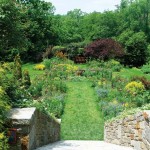
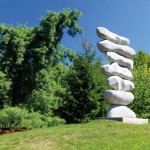
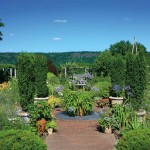
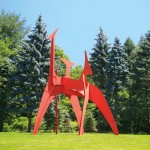
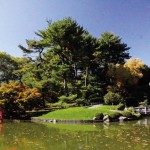
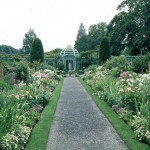
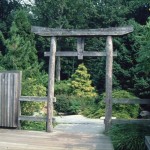
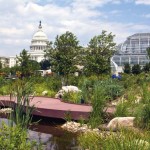
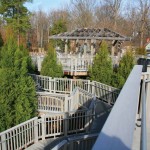
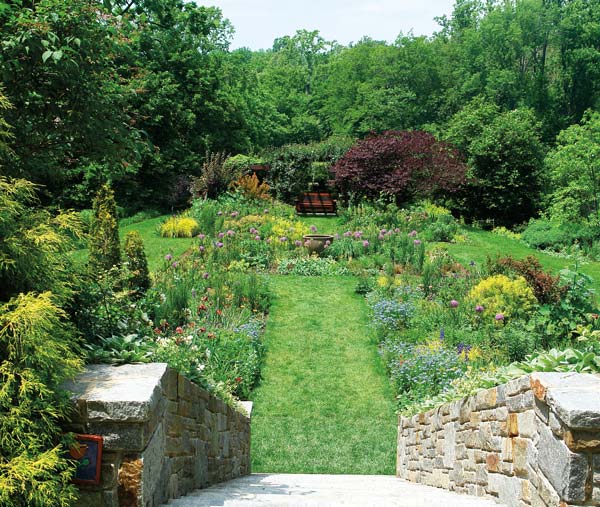
Leave a Reply